separation process nanoparticles r
2022-03-02T23:03:51+00:00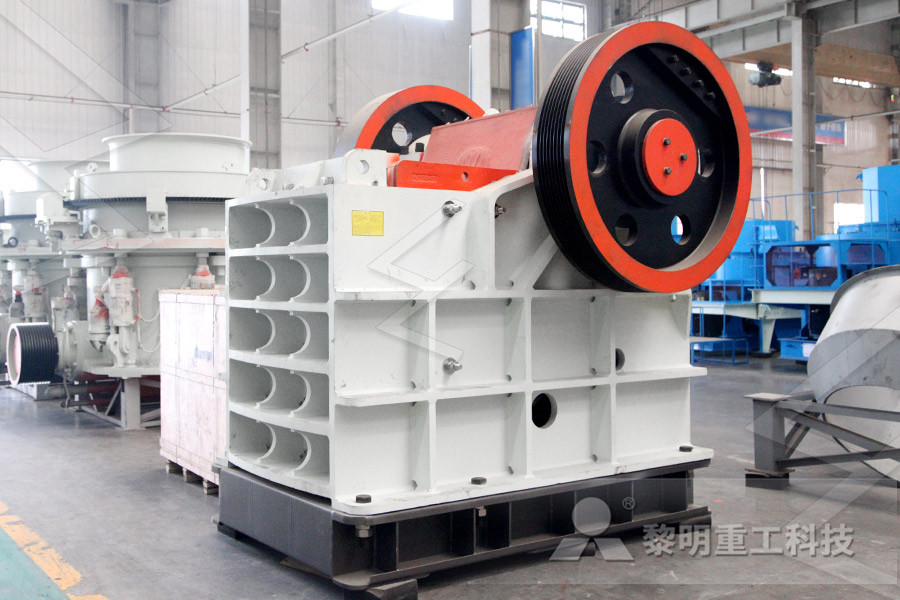
separation process nanoparticles
Physicochemical separation process of nanoparticles in cosmetic formulations R R Retamal Mar 237n 1 F Babick 1 and M Stintz 1 Published under licence by IOP Publishing Ltd Journal of Physics Conference Series Volume 838 conference 1 Magnetic flocculation for nanoparticle separation and ensp 0183 enspWhen added to colloidal nanoparticle dispersions Feb 09, 2018 We demonstrate a facile process of centrifugation for the successful separation of Au nanowires (NWs) and nanoparticles (NPs) The products before/after separation were characterized by transmission electron microscopy (TEM, highresolution TEM, bright and conical dark filed TEM) and UV–vis absorption spectroscopyseparation process nanoparticles batidetectfrto experimental data of nanoparticle penetration through magnetic filters Liu et al (2011) proposed covering a layer of fibrous filters with a membrane, which showed a greatly improved efficiency of the separation of airborne nanoparticles Fibrous materials are popular, a very promising medium in a wide array of separation processes They areSeparation of Nanoparticles from Air Using MeltBlown
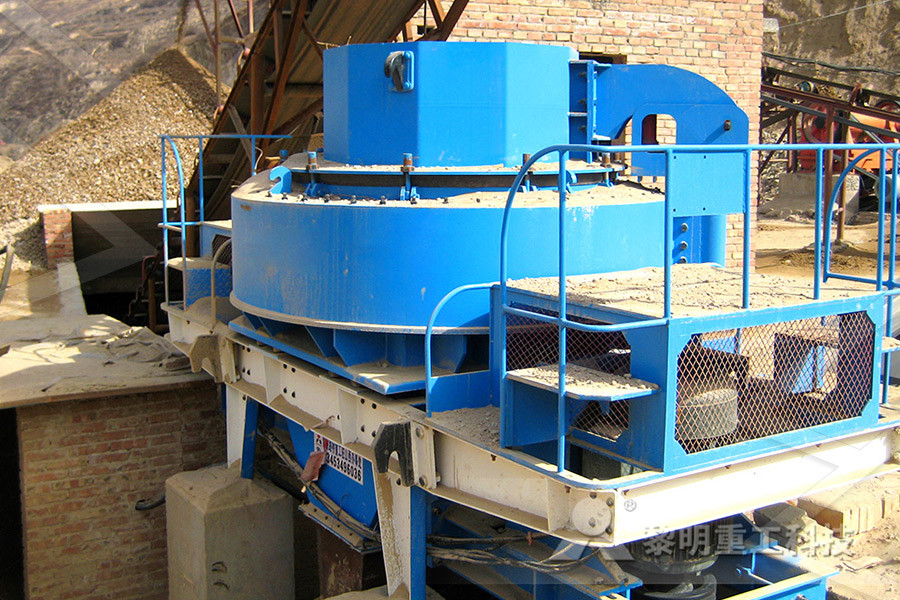
Nanoparticles Are Separated in a Different Pattern from
19/06/2020 Separation of particles is essential to ensure the reliability and reproducibility of experiments for nanometerscale materials There are several methods, such as ultracentrifugation, precipitation, filtration, etc, for separation However, the separation of nanoparticles in a continuous operation has not been examined widely Here, we report the 09/02/2018 We demonstrate a facile process of centrifugation for the successful separation of Au nanowires (NWs) and nanoparticles (NPs) The products before/after separation were characterized by transmission electron microscopy (TEM, highresolution TEM, bright and conical dark filed TEM) and UV–vis absorption spectroscopy In addition, Au NWs exhibit stronger Separation of gold nanowires and nanoparticles through a Compressed CO2 could work as a “pressure trigger” to regulate properties of mixed solvents to accomplish the separation process due to its antisolvent effect Separation and Purification of Nanoparticles in
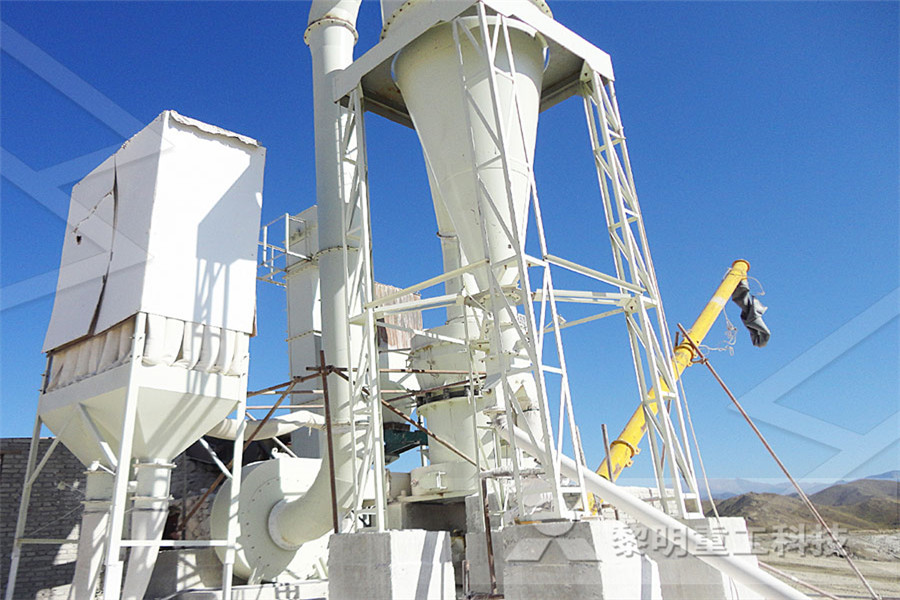
The magnetic nanoparticle separation problem ScienceDirect
01/12/2012 The nanoparticles should not be separable but rather stay dispersed in solution The suggested explanation for nevertheless achieving separation is a mutual attraction and temporary agglomeration of particles, magnetized in the applied magnetic field [1]08/06/2016 A number of techniques have previously been employed to separate nanoparticles by size and shape 11, and several methods have been developed to purify subpopulations of particles after theirPurification of Nanoparticles by Size and Shape This is one of the most frequently used methods for the preparation of nanoparticles Emulsificationsolvent evaporation involves two steps The first step requires emulsification of the polymer solution into an aqueous phase During the second step polymer solvent is evaporated, inducing polymer precipitation as nanospheresNanoparticle: An overview of preparation and characterization
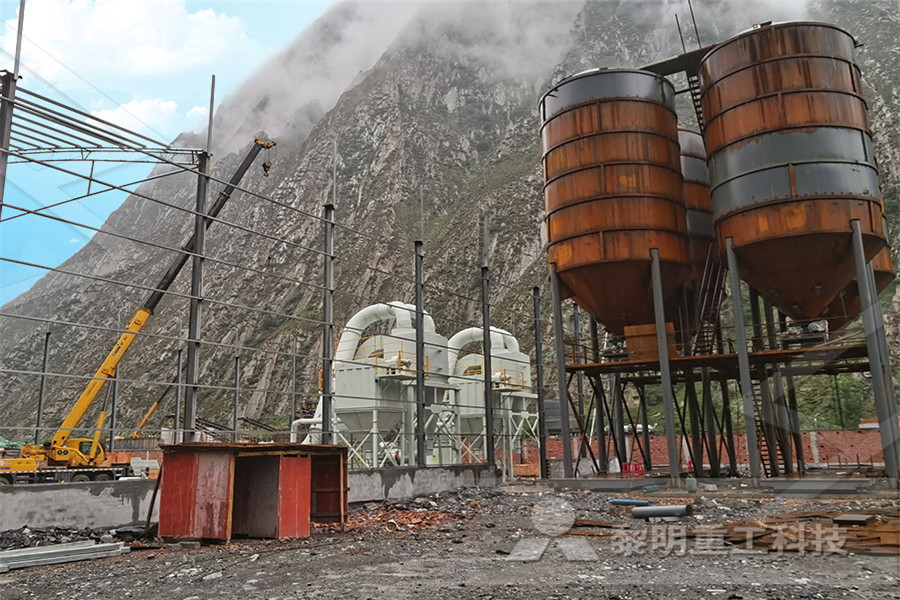
Nanotechnologybased membraneseparation process for
01/01/2017 As a result, nanomaterialbased membrane has been developed to make the water of drinkable quality Based on the earlier description nanotechnologybased membraneseparation process can be divided into two major categories; first, based on the performance enhancement and second, state of commercial readiness of such type of membrane Again, is how well airborne nanoparticles are removed by separation processes on their way to the bag house filters and by the existing filtration process based on pulsejet cleanable fibrous filter media Therefore, we investigate the scavenging and the filtration of metal nanoparticles under typical condi tions in waste incineration plants The scavenging process is investigated Separation of nanoparticles: Filtration and scavenging Physicochemical separation process of nanoparticles in cosmetic formulations View the table of contents for this issue, or go to the journal homepage for more 2017 J Physicochemical separation process of nanoparticles in

Separation of nanoparticles from polydisperse
28/11/2019 The separation of nanoparticles was achieved at a flow rate of 03 mL/min The rotation speed and flow rate parameters were chosen in order to enable the fractionation of NPs with size less than 400 nm from the bulk sample The particulate matter in the column effluent was monitored using a flow spectrophotometer The separated fractions of NPs were collected into Nanoparticles will inevitably be found in industrial and domestic wastes in the near future and as a consequence soon in water resources Due to their ultrasmall size, nanoparticles may not only have new hazards for environment and human health, but also cause low separation efficiency by classical water treatments processesSilica nanoparticles separation from water: aggregation by Nanoparticles will inevitably be found in industrial and domestic wastes in the near future and as a con sequence soon in water resources Due to their ultrasmall size, nanoparticles may not only have new hazards for environment and human health, but also cause low separation efficiency by classical water treatments processes Thus, it would Silica nanoparticles separation from water: aggregation by
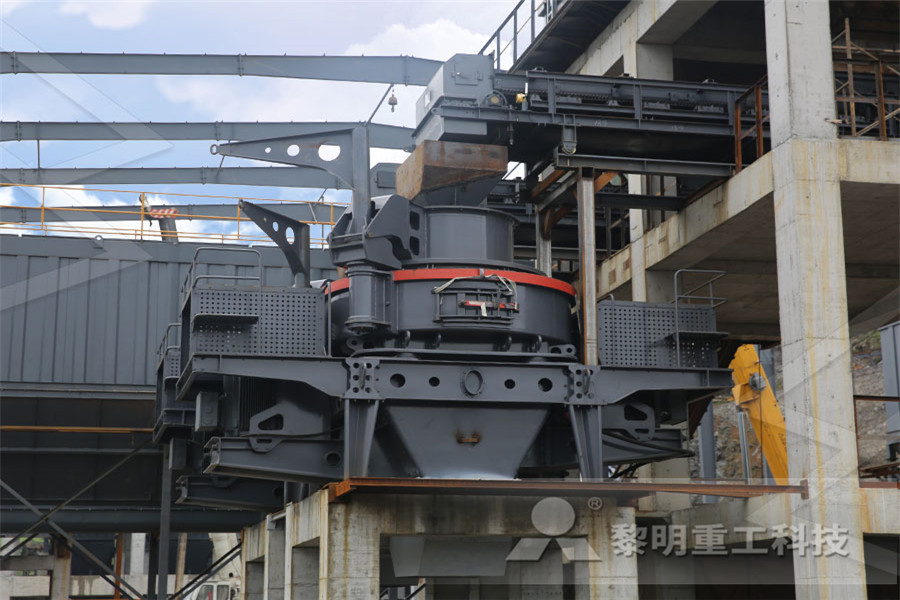
Magnetic nanoparticles for bioseparation
separation processes are being developed Recently, much attention is being paid to applying magnetic nanoparticles for magnetic bioseparation 01/10/2020 We simulated the thermophoresis process to test it as a method of separation of particles in suspension At the same time, the specific software was appraised to establish whether it would meet the computational challenge Then, a microfluidic device designed to separate different species of nanoparticles using thermal gradients was conceptualised We Thermophoresis as a technique for separation of 07/01/2022 Whereas the separation by surface affinity represents an advanced technique for the separation of nanoparticles with distinct surface properties, how the interaction of particles with nanochannel impacts the separation performance is less understood Herein, the dynamical density functional theory is employed to study the separation of two types of similarsized Permeability and selectivity analysis for affinity‐based
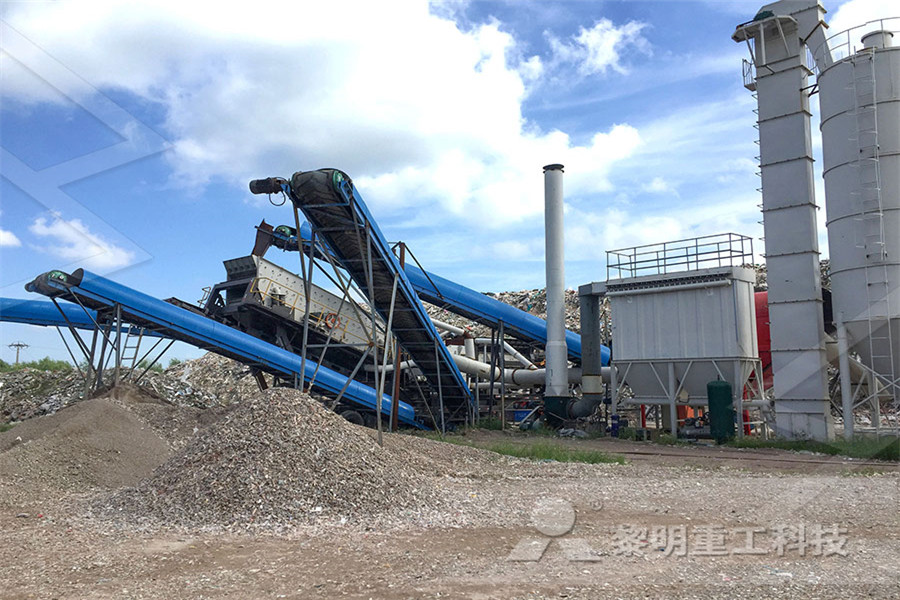
From Impure to Purified Silver Nanoparticles: Advances and
16/12/2021 This subtype of 4F bases its separation process on the force that is generated by a cross flow field inside the channel that concentrates the nanoparticles towards a membrane, which is located at the bottom wall of a chamber This semipermeable membrane prevents the NPs from passing through its pores but allows the exit of the solvent Through the flow fp7,nanofloc,sme20121,bamo mesures sas(fr),teknologisk institutt as(no),westmatic i arvika aktiebolag(se),fraunhofer gesellschaft zur foerderung der angewandten forschung ev(de),melotec kunststoffverarbeitungs gmbh(de),asio tech spol sro(cz),kongsberg automotive as(no),atm brovig as(no)Electroagglomeration and separation of Engineered By combining DLD with electric fields (eDLD), we show separation of a variety of nano and microsized particles primarily by their zeta potential Zeta poten ChargeBased Separation of Micro and Nanoparticles Micromachines (Basel) 2020 Nov 18;11(11):1014 doi: 103390/mi Authors Bao D Ho 1 , Jason P Beech 1 , Jonas O Tegenfeldt 1 ChargeBased Separation of Micro and Nanoparticles

A Process For Separating Nanoparticles From A Stable
The invention relates to a process for separating nanoparticles from a stable nanofluid formulation using other metallic nanoparticles under variable process conditions wherein nanoparticles consist of particles of having dimension less than at least 100 nm, wherein the nanofluid formulation comprises a class of fluid synthesized homogeneously dispersed in base LargeScale Separation of Colloidal Nanoparticles Professor: Tobias Hanrath Project Description: Recent interest in commercializing nanoparticles (NPs) for a broad range of applications, eg displays and solidstate lighting, has intensified the demand to scaleup NP synthesis from scientific discovery to engineered technologyHowever, scalable separation LargeScale Separation of Colloidal Nanoparticles18/10/2021 Herein, we report the synthesis of a novel porous polymer, PS2, containing radially πconjugated carbocycles and a linear phenylene backbone The PS2based membrane has a distinct small size cutoff (ca 26 nm) and a major size at ∼15 nm for the sizeselective separation of nanoparticlesPrecise membrane separation of nanoparticles using a
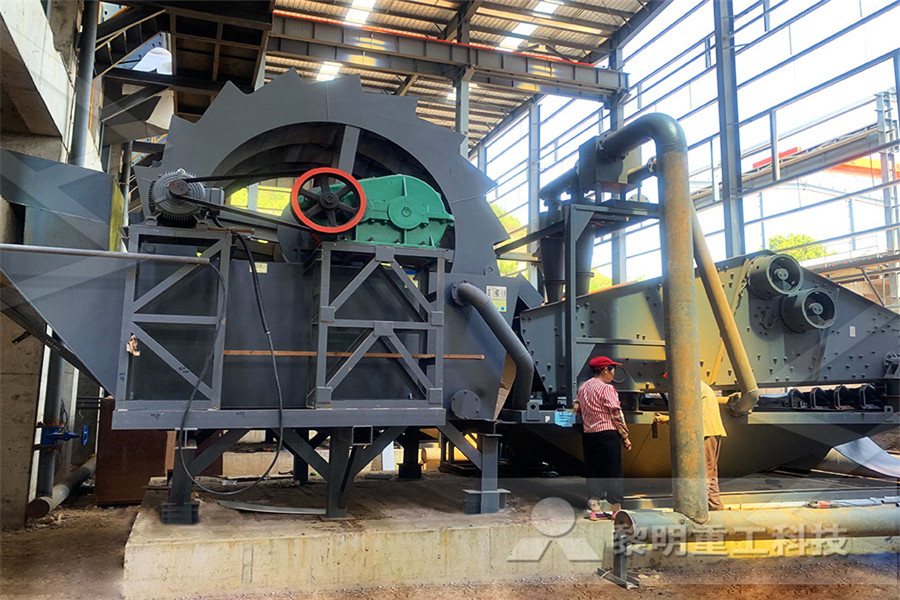
Nanoparticle Manipulation and Separation AIChE
Technical Groups CCPS Center for Chemical Process Safety Center for Chemical Process SafetyMost currently employed nanoparticle postsynthesis processing techniques are solvent intensive and time consuming This article reviews the development of highly tunable CO 2 gasexpanded liquid (GXL) systems to process nanoparticles in a sustainable and efficient manner The highly adjustable physicochemical properties of these GXLs provide unique opportunities to control Nanoparticle separation and deposition processing using Physicochemical separation process of nanoparticles in cosmetic formulations View 0 peer reviews of Physicochemical separation process of nanoparticles in cosmetic formulations on Publons Download of Science™ My Research Assistant : Bring the power of the of Science to your mobile device, wherever inspiration strikesPhysicochemical separation process of nanoparticles in
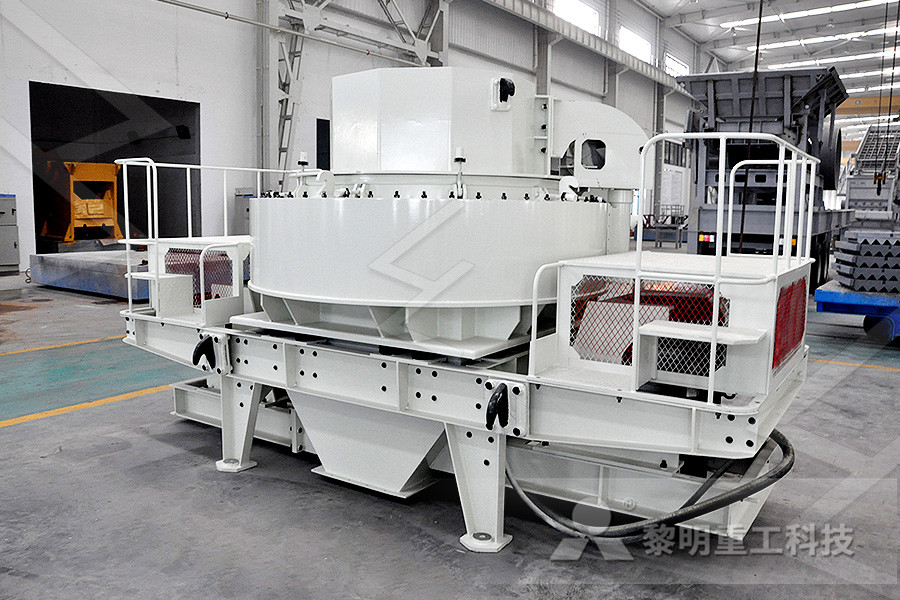
Simulation of Magnetophoretic Separation Processes in
We have successfully validated this simulation approach by comparing the results obtained against existing experimental and also analytical results obtained for the separation process of a colloidal dispersion of γFe 2 O 3 superparamagnetic nanoparticles in an aqueous solution Thanks to this methodology, we have been able to evaluate different key factors involved in 23/02/2016 Separation is a key part of most chemical processes, and there is a great variety of techniques to perform separation of compounds based on size, volatility, charge, and many other features A common technique with which the process engineer should be familiar is distillation, but he or she should also be aware of the other available options Some techniques may be Separation processes processdesign